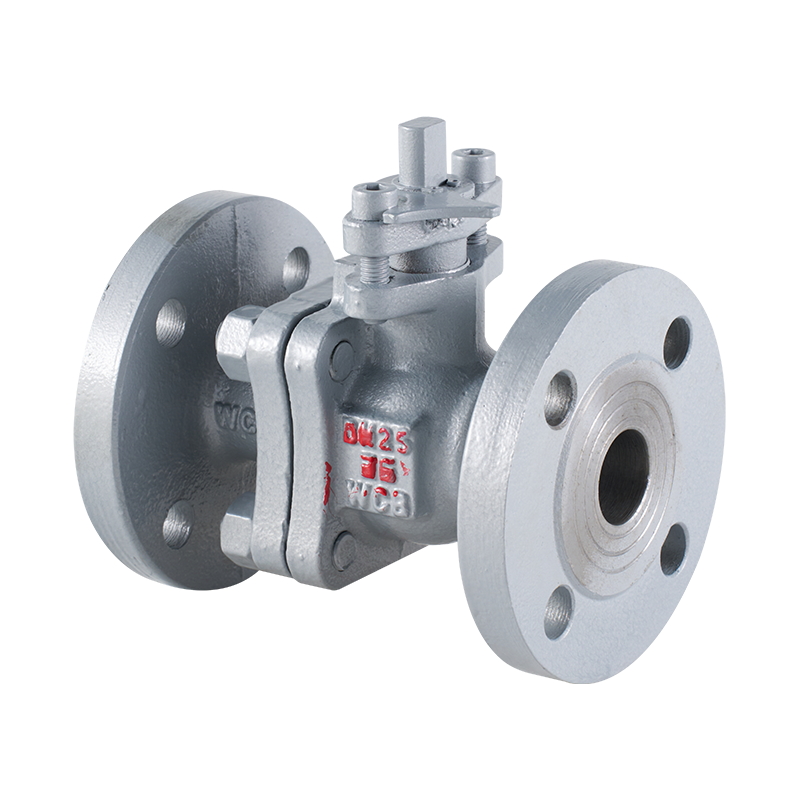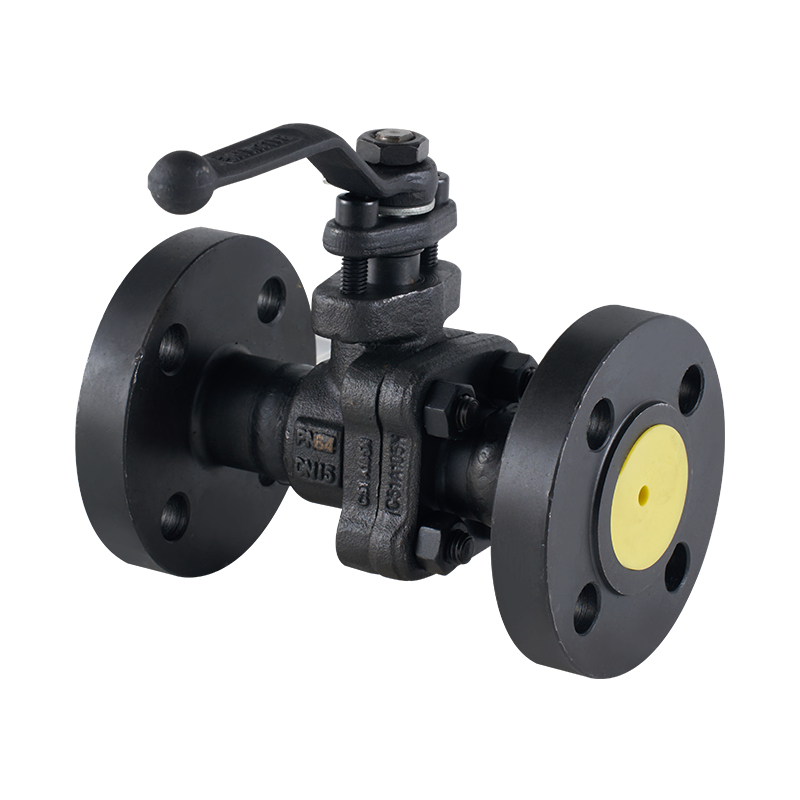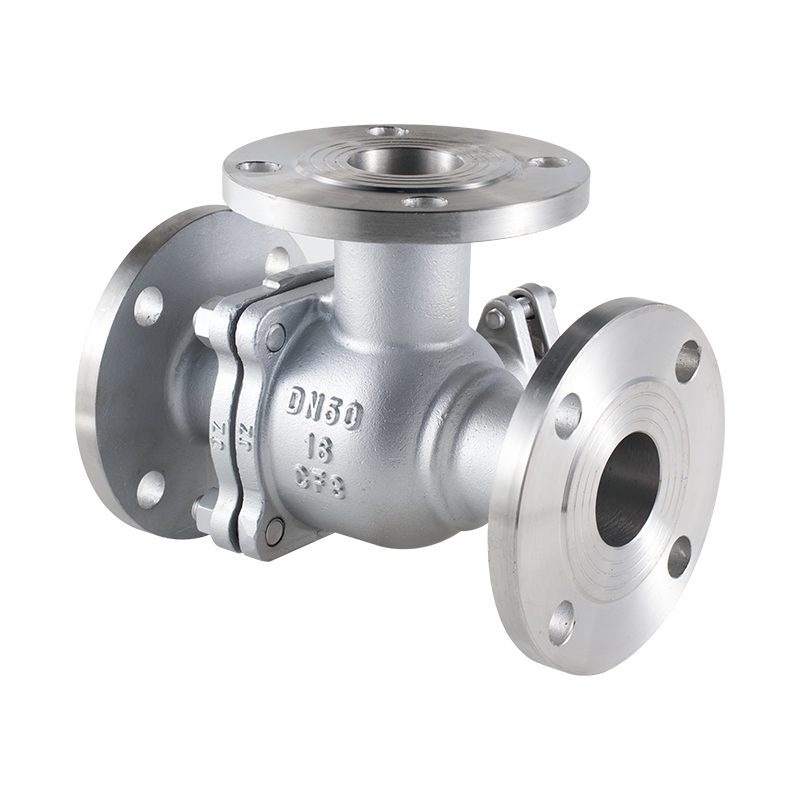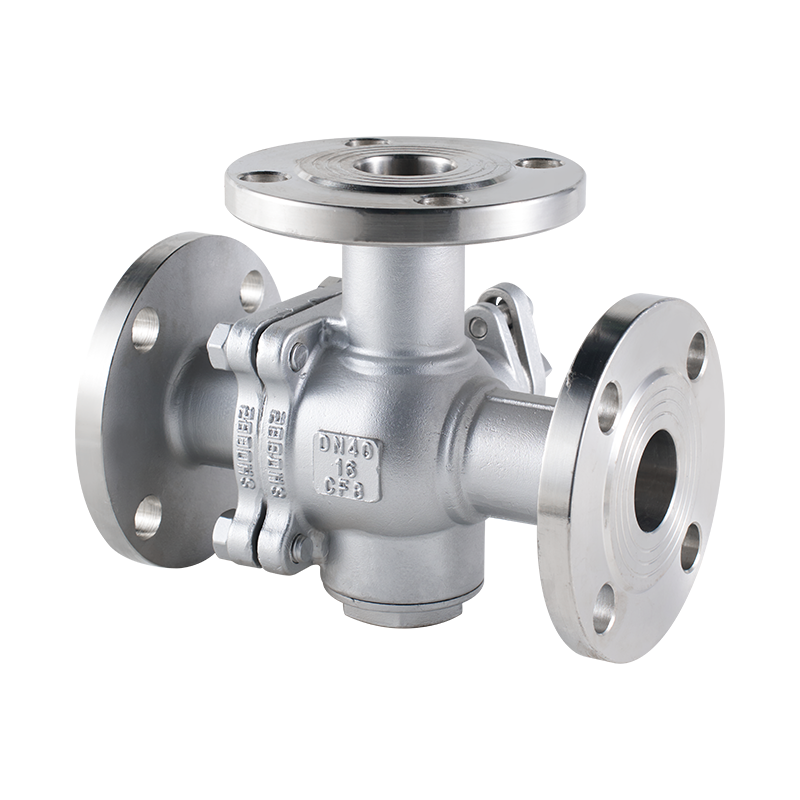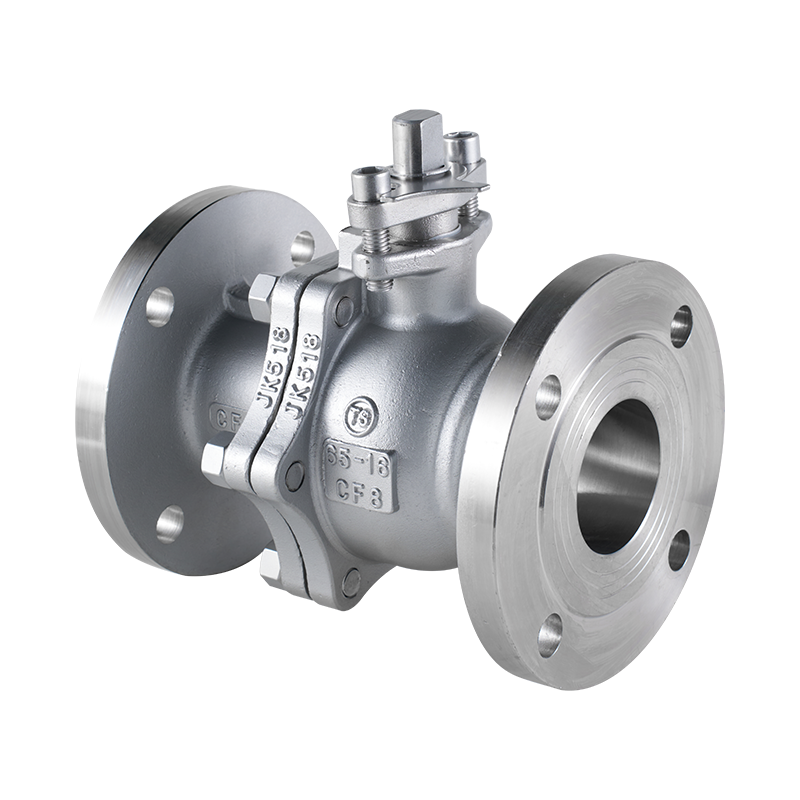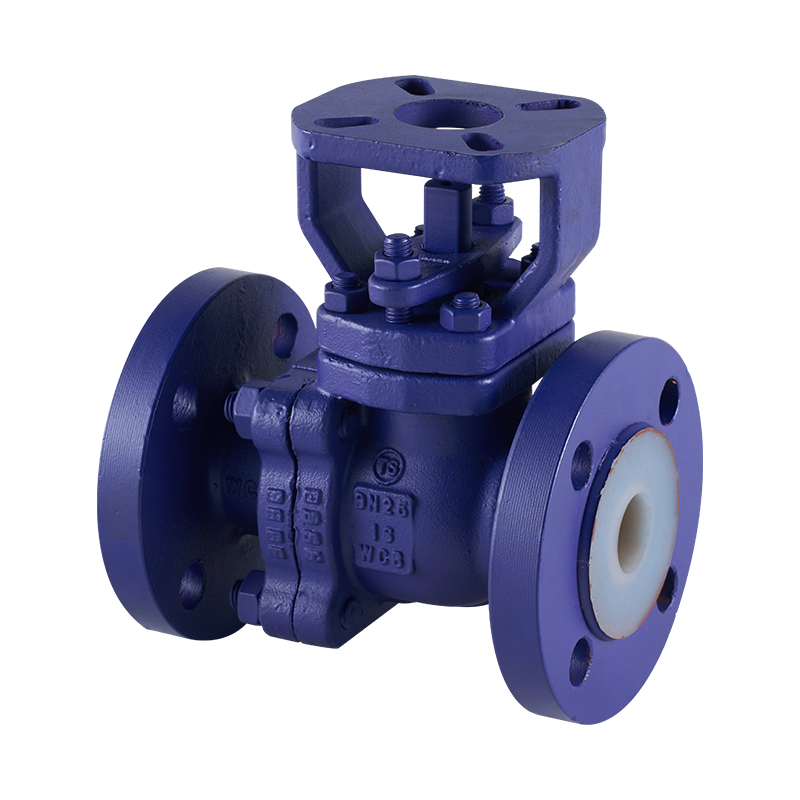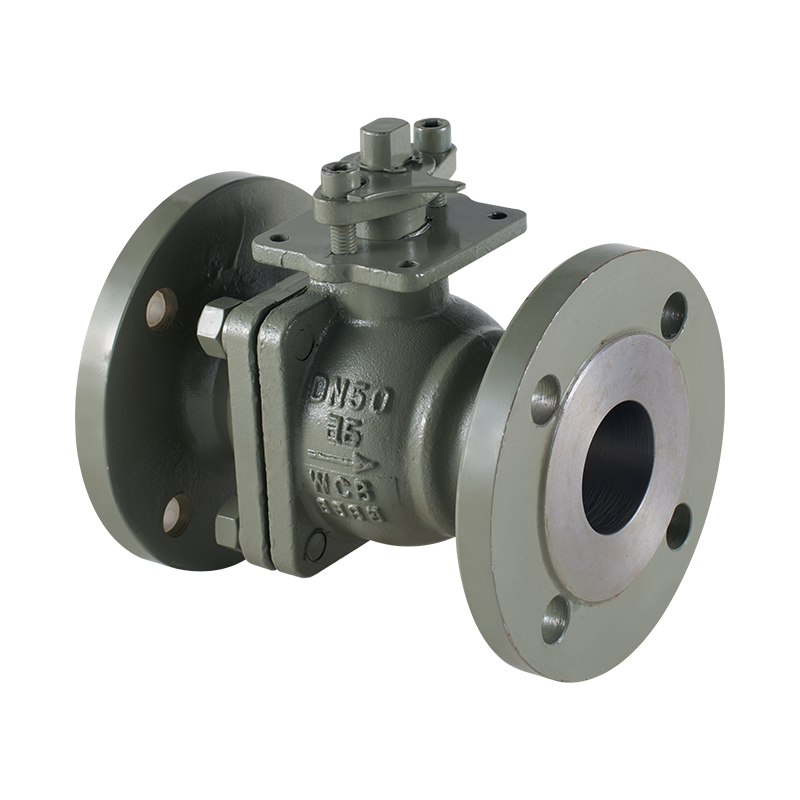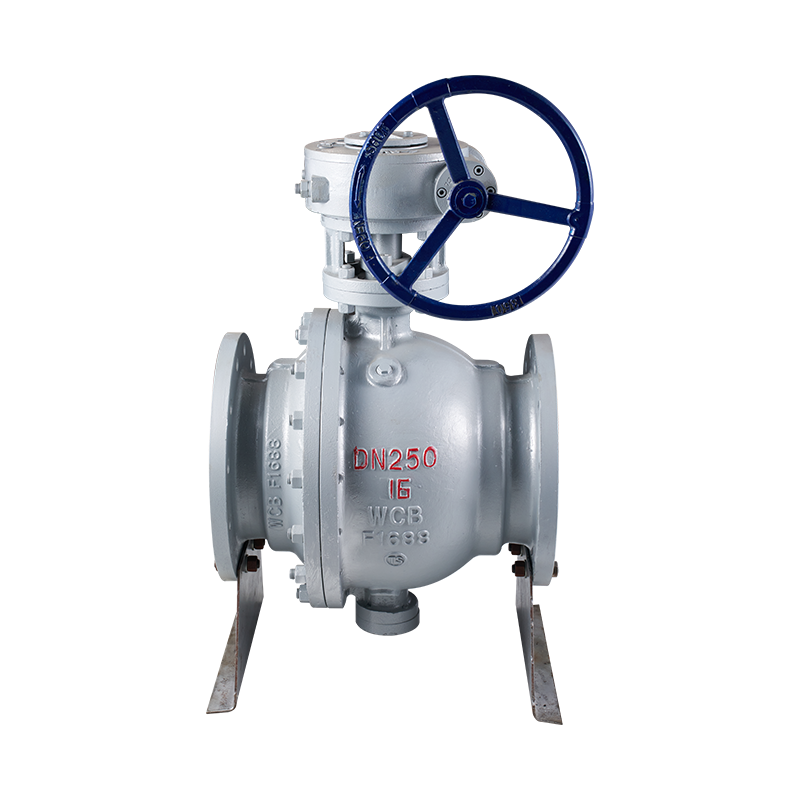Stainless steel flanged Y-type strainers are essential components in industrial piping systems, helping to filter out debris and particles that could damage downstream equipment like pumps, valves, and meters. While these strainers provide significant protection and efficiency, it's essential to follow proper safety precautions during installation, operation, and maintenance to ensure both the system's effectiveness and worker safety.
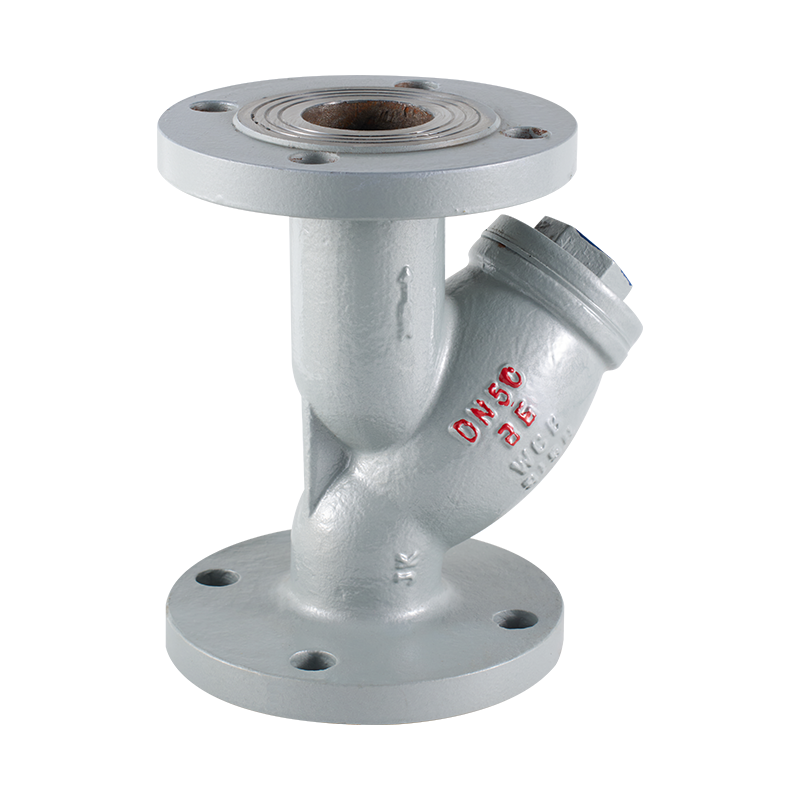
1. Installation Safety
Before installing a stainless steel flanged Y-type strainer, it's crucial to ensure that the pipeline is depressurized to avoid any accidents. Pressure release from the system reduces the risk of fluid spurting out or causing injury. In addition, always use the appropriate personal protective equipment (PPE), such as gloves, goggles, and protective clothing, especially if the fluid passing through the strainer is hazardous.
2. Proper Orientation
The Y-type strainer should be installed in the correct orientation, typically with the strainer body positioned horizontally or vertically based on the manufacturer's specifications. Incorrect installation can bring about improper fluid flow, inefficient filtration, and damage to the strainer. Ensure that the flow direction indicated on the valve matches the system's flow path to guarantee filtration performance.
3. Sealing and Tightening
When securing the flanged connections of the strainer, it's essential to check the gaskets or seals to prevent leakage. Over-tightening bolts can deform the gasket, bring about leaks, while under-tightening can result in weak seals. Torque specifications should be adhered to carefully, ensuring uniform pressure on the flanges.
Membrane check valves are specialized devices used in fluid control systems to ensure the unidirectional flow of fluids and prevent backflow. These valves utilize a flexible membrane as the sealing element, making them particularly suitable for applications that require precise control of fluid flow while the risk of leakage or damage.
1. Structure and Operation
The basic design of a membrane check valve consists of a valve body, a flexible membrane, and an inlet and outlet connection. The membrane is typically made from elastomers or other flexible materials that allow it to seal against the valve seat when the flow direction reverses, preventing backflow. When fluid flows in the intended direction, the membrane moves to allow passage, and when the flow reverses, the membrane closes tightly against the seat, blocking the reverse flow.
This simple yet effective design ensures that the valve performs its function without the need for complex mechanical parts. As a result, membrane check valves are particularly popular in systems where ease of maintenance, reliability, and low-cost operation are important.
2. Key Benefits
One of the main advantages of membrane check valves is their ability to provide a tight seal, even in low-pressure conditions. Unlike traditional ball or disc check valves, the flexible membrane can easily adjust to small variations in pressure, ensuring minimal leakage. Additionally, the membrane's flexibility allows it to conform to the shape of the valve seat, providing a highly effective seal regardless of the flow rate.
Another significant benefit of membrane check valves is their low maintenance requirements. Because the membrane is a simple, durable component, these valves are less prone to wear and tear compared to more complex mechanical check valves. This makes them ideal for applications where continuous, reliable performance is essential, such as in water treatment, pharmaceutical processes, and food and beverage production.

 English
English 中文简体
中文简体


